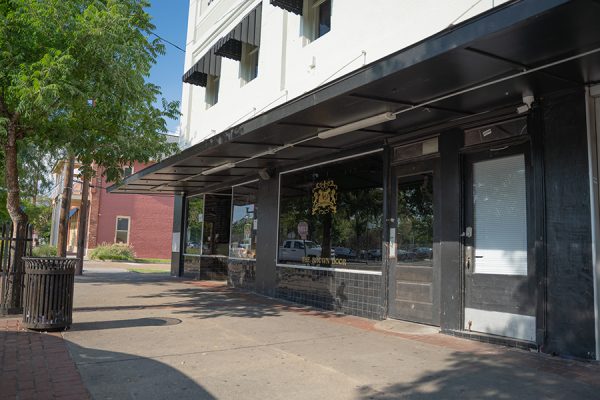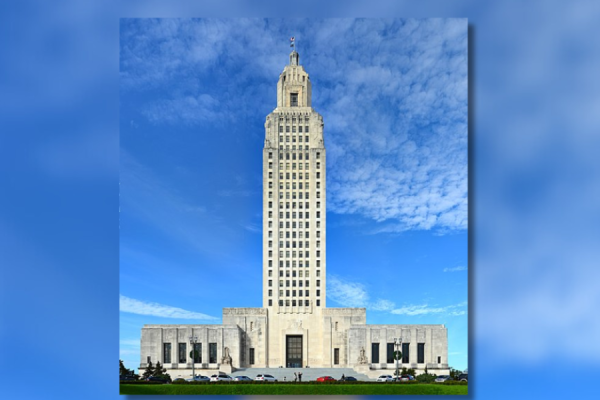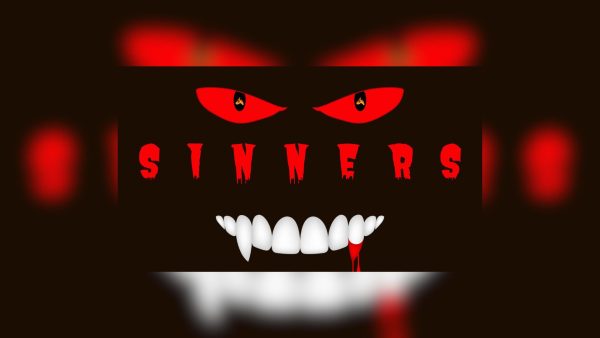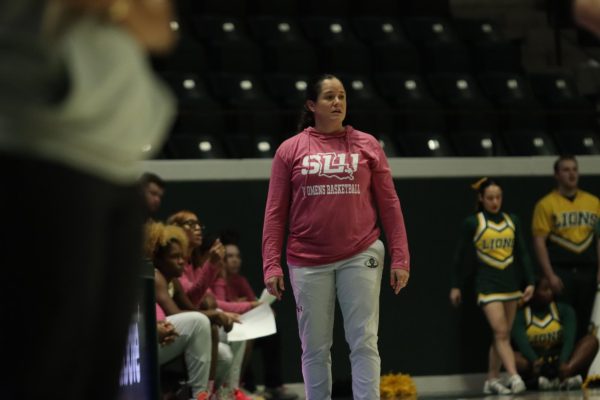Student loan forgiveness on temporary hold, but you can still apply
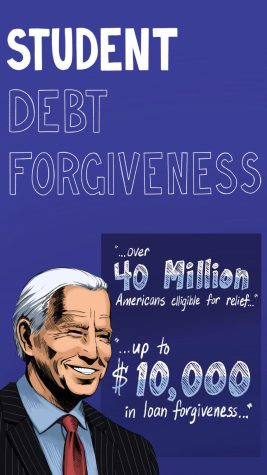
On Friday, Oct. 21, the U.S. Eighth Circuit Court of Appeals put a temporary block on President Biden’s student debt forgiveness plan. According to the National Public Radio(NPR), the block was installed in order to “review a motion from six Republican-led states to stop the program.”
However, as NPR wrote, the application is still open and the Biden Administration still strongly encourages all eligible Americans to apply for forgiveness. White House Press Secretary Karine Jean-Pierre said in a brief statement following the court’s ruling that all the block does is prevent “debt from being discharged until the court makes a decision.”
For decades, working class Americans have increasingly been unable to afford the cost of higher education, which have skyrocketed over the past 40 years.. According to the Economic Policy Institute, wage-growth within the 10th percentile of workers, or low-wage workers, increased by 8.9 percent since 1979. The 50th percentile of workers, or middle-class workers, have seen their wage grow by 16.8 percent. Meanwhile, according to Forbes.com, since 1980, the average annual college tuition has risen by 180 percent.
The imbalance in the rates of growth between what Americans make and the actual cost of college has left many struggling under the weight of federal student loans. Luckily, the Biden Administration introduced a student loan debt forgiveness plan to provide people the opportunity to receive much-needed economic relief. The program officially opened on Monday, Oct. 17, according to cnet.com.
Student loan debt forgiveness has been a stated goal for President Biden since his 2020 presidential campaign. The effectiveness of Biden’s executive order has been called into question by people from all walks of the political aisle. Progressives have criticized the move for not forgiving more debt, while people from the center-left have dismissed the plan as being potentially damaging for an economy already suffering from exceedingly high rates of inflation.
Hard-right conservatives such as Congressman Steve Scalise, the republican from Louisiana’s 1st congressional district and minority whip in the House of Representatives, have aggressively ripped into the plan, calling it “just another liberal scam paid for by working class Americans.”
Despite these criticisms, Biden’s forgiveness plan is generally supported by Americans. According to a poll from Quinnipiac University, 53 percent of adults are in favor of the president’s forgiveness plan. This figure rises to 81 percent among Black adults and 63 percent among Latino adults.
Access to the forgiveness application is made through the Federal Student Aid (FSA) website. Once there, prospective applicants will be met with a brief set of guidelines detailing the amount of debt that will be forgiven and who is and isn’t qualified for loan forgiveness.
Individuals who made less than $125,000 in 2020 or 2021 are eligible. This includes married people who filed their taxes separate from their spouses, as well as the heads of the household, which is a tax status that requires the applicant to be considered unmarried by the last day of the year, paid for the majority of their house’s expenses and upkeep and their house was the main home of their child for more than ½ of the year, according to the Internal Revenue Service (IRS).
Also, families who made less than $250,000 in 2020 or 2021 are eligible. This includes qualifying widowers, which is a tax status that requires the applicants to have a spouse that died in either of the two previous years and did not remarry before the end of the tax year, according to the IRS.
Qualified borrowers are eligible to receive up to $10,000 in loan forgiveness. Pell Grant recipients are eligible to receive $20,000 in forgiveness.
The program requires student loan borrowers to fill out their name, social security number, date of birth, phone number, email address and confirm that they fall within the qualifications of the program. They will then sign their name once more, certify the information provided is correct and submit their applications.
The application page also provides a link to extended information on student loan debt relief, such as the kinds of loans that are eligible for relief, refunding for past payments, and what will take place after borrowers have submitted their application. According to FSA, once the application is submitted, applicants should expect a confirmation email, letting them know that their application is under review. Applicants will also be notified if further information is needed.
Then, once the application is accepted, they will be notified and their loan service providers will apply the debt relief to their account. Following the debt relief, if applicants still have outstanding relief they owe, they will also be told what their new monthly payment will be once payments resume after Dec. 31, 2022. Any voluntary payments made during the pause on student loan payments that began on Mar. 13, 2020 will be refunded up to the amount that the remaining relief equals to.
For example, if a borrower was eligible for $10,000 in relief and they owed $8,000 in student loan forgiveness, they would have that amount completely paid off. If they paid $3,000 during the pause, they would be refunded $2,000, which is the difference between the aid they qualified for and the amount they still owed.
The results of the student debt forgiveness plan will have massive impacts on people’s lives and the economy. According to the White House, over 40 million Americans are eligible for relief. 20 million Americans “could see their entire balance discharged.”
The forgiveness program is designed to lend a helping hand to Americans in need of the most economic assistance. The White House calculates that nearly 90 percent of all relief will go towards applicants with an income of less than $75,000.
The administration’s plan will also help narrow the racial wealth gap in the country. According to the Federal Reserve, Black and Latino households “earn about half as much as the average White household, and own only about 15 to 20 percent net wealth.” In terms of student loan debt, the average amount of debt for a Black person is $23,000, and $17,600 for Latino people, according to BestColleges.com.
President Biden’s forgiveness program will go a long way towards remedying these inequalities, as the White House reported that “nearly 71% of Black undergraduate borrowers are Pell Grant recipients, and 65% of Latino undergraduate borrowers are Pell Grant recipients.”
In Louisiana specifically, the White House estimates that about 608,100 people are eligible for student debt forgiveness, and 435,200 of those are eligible for Pell Grant relief.
The Biden Administration’s student loan forgiveness plan could give economic relief to millions of working and middle-class Americans. Debt forgiveness could potentially provide them a newfound sense of financial independence, and completing the application by the deadline is the first step.
Your donation will support The Lion's Roar student journalists at Southeastern Louisiana University.
In addition, your contribution will allow us to cover our annual website hosting costs.
No gift is too small.
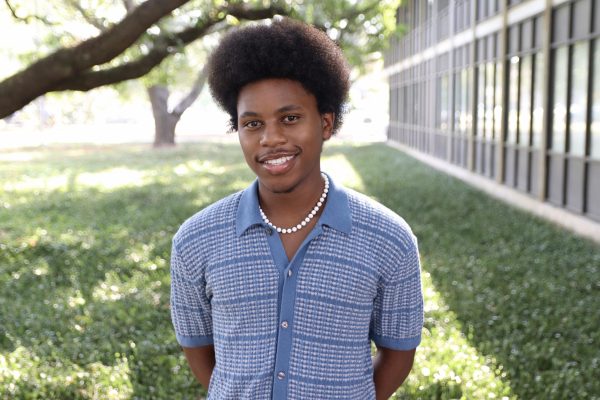
Kennith Woods is a junior communication major with a concentration in television and multimedia journalism and a creative writing minor. A resident of...

Yumi Domangue is a double major in mechatronics engineering technology and new media and animation. She joined Student Publications in the Fall of 2021...


